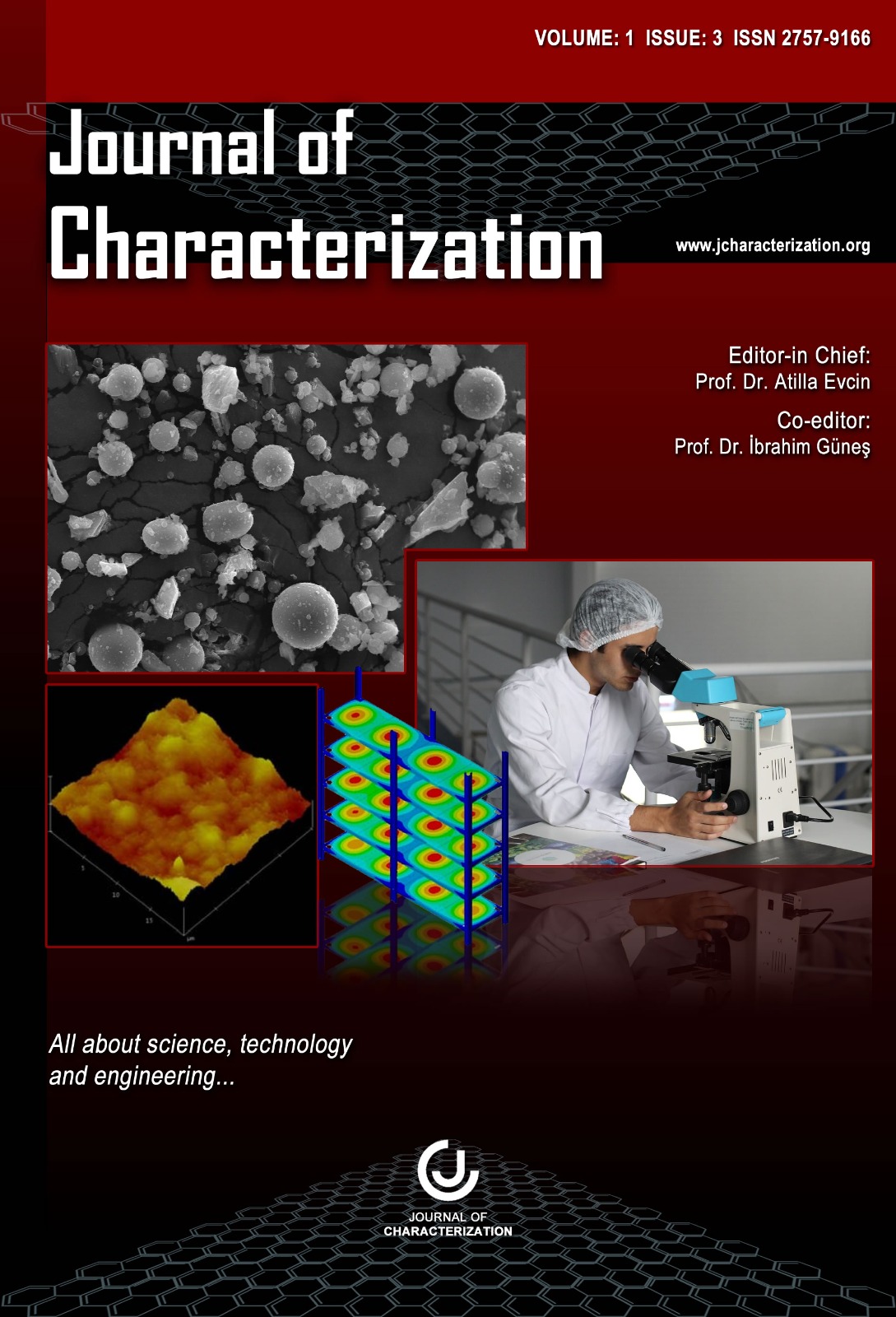Author :
Abstract
Keywords
Abstract
POLICAM PMMA (polymethylmethacrylate) and polycarbonates (PC) sheet used in many sectors such as furniture, decoration, building materials, lighting have optical properties. They are thermoplastic polymer sheets with a maximum usage temperature of 80 ° C. Thermoplastic polymer with amorphous structure is quite transparent and has the closest permeability to glass. Its density is half the density of glass and it is light. Fabrication applications are very easy. It is preferred instead of glass. Surface scratches are seen in areas of use in the environments where it is exposed. Surface improvement applications can be made with functional coatings. Sol-gel method is one of the most widely used methods because it is easy and useful in functional coating of ceramic, glass and plastic surfaces. In this study, the sol gel method was preferred for coating PMMA and PC plate surfaces. The prepared functional coating is applied to PC and PMMA sheet surface in certain thicknesses by means of an applicator. The improvements seen on the plate surface after the coating has cured have been controlled. Surface scanning with SEM, anti-scratching of the surface with pencil hardness test, and permanent properties on the surface were determined by artificial aging.
Keywords
- [1] Samarah V. Harb, Andressa Trentin, Mayara C. Uvida, Marina Magnani, Sandra H. Pulcinelli, Celso V.Santilli, Peter Hammer, A comparative study on PMMA-TiO2 and PMMA-ZrO2 protective coatings,Progress in Organic Coatings, Volume 140, 2020, 105477, https://doi.org/10.1016/j.porgcoat.2019.105477.[2] Muhammad Aleem Zahid, Hyeongsik Park, Young Hyun Cho, Junsin Yi, Plasma etched PMMA/CaF2anti-reflection coating for light weight PV module, Optical Materials, Volume 112, 2021, 110813, https://doi.org/10.1016/j.optmat.2021.110813.
- [3] U. Schulz, P. Munzert, N. Kaiser, Plasma surface modification of PMMA for optical applications, J. Adhes. Sci. Technol. 24 (2010) 1283–1289. DOI: 10.1163/016942409X12561252292026
- [4] Muhammad Aleem Zahid, Young Hyun Cho, Junsin Yi, Improvement in optical and electricalperformance of hydrophobic and antireflective silica nanoparticles coating on PMMA for lightweight PVmodule, Optical Materials, Volume 119, 2021, 111371, https://doi.org/10.1016/j.optmat.2021.111371.
- [5] Ziyang Zheng, Yuping Liu, Li Wang, Li Yu, Yuan Cen, Tingting Zhu, Danmei Yu, Changguo Chen, Anovel organic-inorganic zwitterionic acrylate polymer for high-performance anti-fog coating, Progress in Organic Coatings, Volume 142, 2020, 105578, https://doi.org/10.1016/j.porgcoat.2020.105578.
- [6] Yang Xu, Jingxian Qin, Jiabin Shen, Shaoyun Guo, Khalid Lamnawar, Scratch behavior and mechanicalproperties of alternating multi-layered PMMA/PC materials, Wear, Volumes 486–487, 2021, 204069, https://doi.org/10.1016/j.wear.2021.204069.
- [7] Lee, Hyeon & Wang, Jaeyoon & Park, Seon-Mi & Hong, Seokmoo & Kim, Naksoo. (2012). Analysisof excessive deformation behavior of a PMMA-touch screen panel laminated material in a high temperature condition. Korea-Australia Rheology Journal. 23. 10.1007/s13367-011-0024-4
- [8]. Chrysochoos, Andre. (2012). Thermomechanical Analysis of the Cyclic Behavior of Materials. Procedia IUTAM. 4. 15-26. 10.1016/j.piutam.2012.05.003.
- [9] Joshi, Santosh & Kapil, Jagdish & Rai, AK & Zaidi, M.G.H.. (2003). Quantitative examination ofpolymethyl methacrylate graft polybisphenol‐A‐carbonate copolymer by photoacoustic spectroscopy. physica status solidi (a). 199. 321 - 328. 10.1002/pssa.200306640.
- [10] Kee SY, Munusamy Y, Ong KS, Lai KC. Effect of Preparation Methods on the Tensile, Morphologyand Solar Energy Conversion Efficiency of RGO/PMMA Nanocomposites. Polymers. 2017; 9(6):230. https://doi.org/10.3390/polym9060230
- [11] Reyes-Acosta MA, Torres-Huerta AM, Domínguez-Crespo MA, Flores-Vela AI, Dorantes-Rosales HJ,Andraca-Adame JA. Thermal, Mechanical and UV-Shielding Properties of Poly(MethylMethacrylate)/Cerium Dioxide Hybrid Systems Obtained by Melt Compounding. Polymers. 2015; 7(9):1638-1659. https://doi.org/10.3390/polym7091474





